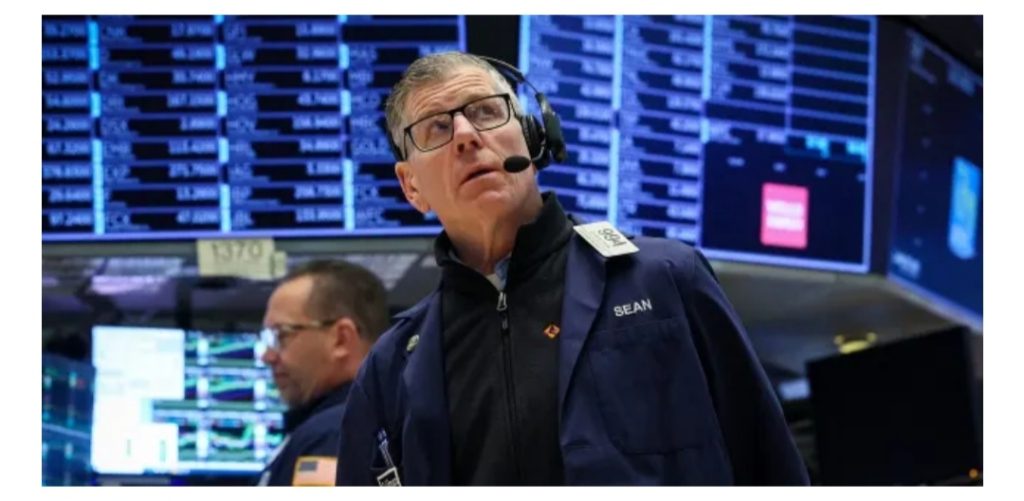After weeks of jawboning by Fed members, stronger-than-expected inflation and other economic data, markets are still pushing back and pricing in interest rate decreases.
Investors no longer anticipate a rate drop from the Fed in June, even though it’s virtually a wash. Markets are diverging from this year’s three rate decreases in the interim.
The jobs report on Friday was far better than anticipated, even though wage growth did somewhat slow down in accordance with expectations.
That came following the ISM manufacturing index on Monday, which showed signs of contraction for 16 months before rising beyond the break-even 50 mark. The ISM services index on Wednesday, which unexpectedly indicated slower growth, partly mitigated that.
China’s economy began to revive at the same time that Europe began to show encouraging indications. These also point to higher growth and more persistent inflation, along with rising copper and crude oil prices.
Similar to late 2023, the Fed’s most recent dot-pot forecast called for a median of three rate cuts at the meeting on March 20. However, it was by the smallest of amounts.
Fed Rate-Cut Probabilities
As of April 8, markets saw a 4.6% chance of a quarter-point drop, per the FedWatch Tool from CME Group. Investors saw odds of at least a quarter-point Fed drop back on January 16 at 97.5% and 60.5% of a cumulative 50 basis points back then.

The probability of a quarter-point decrease by the June meeting is estimated by investors at 46%, down from 53.4% on Friday. The probability of a total of 50 basis points is only 2.4%.
As of March 28, there was a 60.4% probability of obtaining at least 25 basis points, with 5.2% of those being 50 basis points.
Markets had a 100% likelihood of at least a quarter-point reduction in the Federal Reserve rate on January 16, a 98% chance of 50 basis points, and a 68.6% chance of 75 basis points. By this meeting, the markets are projecting a 69.7% chance of at least 25 basis points and a 19.6% possibility of 50 basis points.



